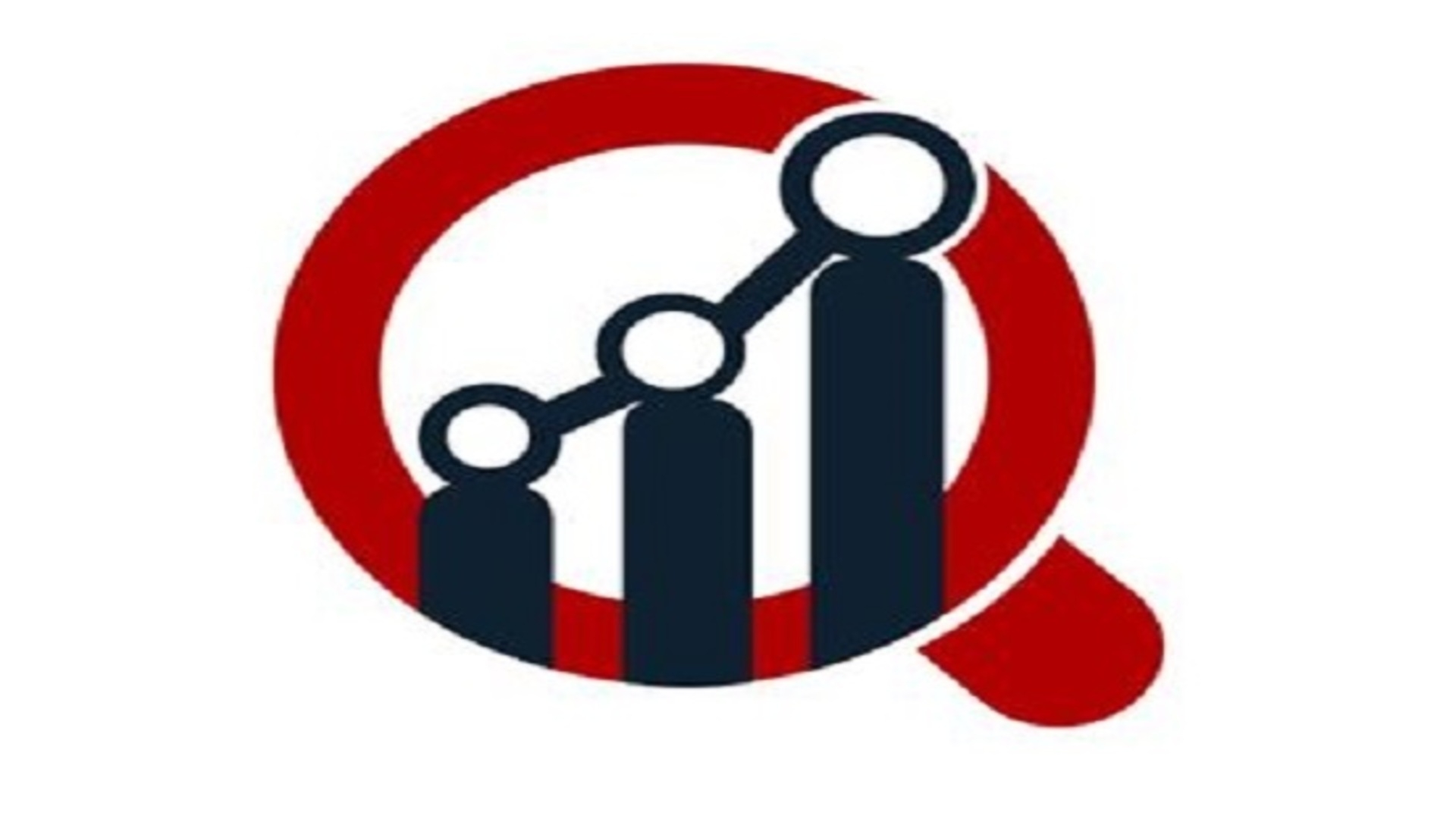Is This Oxygen-Powered Treatment the Future of Healing? Here’s What You Need to Know
Could breathing pure oxygen be the game-changer in treating chronic wounds, brain injuries, and more? That’s the buzz around the fast-expanding Hyperbaric Oxygen Therapy Market—a space that’s transforming how we think about recovery, regeneration, and overall wellness.
Hyperbaric oxygen therapy (HBOT) is no longer reserved for deep-sea divers suffering from decompression sickness. It’s now one of the most promising medical treatments for conditions like diabetic foot ulcers, radiation injuries, carbon monoxide poisoning, and even neurological disorders. The treatment involves breathing 100% oxygen in a pressurized chamber, allowing the lungs to absorb significantly more oxygen than under normal conditions.
Why Is the Demand for This Therapy Suddenly So High?
The growing burden of chronic diseases is a major driver. Diabetes, cancer treatments, and circulatory disorders often result in slow-healing wounds or tissue damage—precisely the kind of conditions HBOT can help improve. By boosting oxygen levels in the bloodstream, the therapy accelerates healing and reduces inflammation, sometimes when no other treatments work.
There’s also a rising interest in non-invasive and drug-free therapies. Patients are increasingly cautious of long-term medications and their side effects, especially in pain and wound management. HBOT offers a natural and scientifically supported way to stimulate the body’s own healing mechanisms.
How Big Is the Market and What’s Fueling Its Growth?
The Hyperbaric Oxygen Therapy Market is expanding at a rapid pace, thanks to a mix of medical innovation, rising awareness, and healthcare infrastructure upgrades. Hospitals, wound care centers, and rehabilitation clinics are incorporating hyperbaric chambers into their offerings to meet growing patient demand.
Insurance coverage in developed regions is improving, and clinical trials are expanding the list of conditions HBOT can safely and effectively treat. Meanwhile, wellness centers and private clinics are also exploring HBOT as a therapy for anti-aging, athletic recovery, and cognitive enhancement—adding to its commercial appeal.
Which Types of Devices Are Leading the Charge?
There are two primary types of chambers driving the market: monoplace and multiplace hyperbaric chambers. Monoplace chambers are designed for individual patients and are often more affordable for small clinics and private practices. Multiplace chambers, on the other hand, are larger and can treat several people at once—making them ideal for hospitals and trauma centers.
Portable and home-based HBOT devices are also emerging, especially in wellness markets. Although they typically operate at lower pressure levels, they’re attracting attention among biohackers and health-conscious consumers looking for edge performance or recovery solutions.
Where Is the Market Gaining Momentum Fastest?
North America leads in adoption, largely due to better infrastructure, higher healthcare spending, and favorable reimbursement policies. The United States, in particular, has a strong base of accredited treatment centers and ongoing clinical research into HBOT’s effectiveness.
However, the Asia-Pacific region is quickly catching up. Rising incidence of diabetes, stroke, and traumatic injuries in countries like China, India, and Japan is pushing demand higher. Government initiatives aimed at modernizing healthcare are helping clinics integrate hyperbaric therapy into mainstream treatment protocols.
What Challenges Does the Industry Still Face?
Despite its proven benefits, HBOT isn’t universally accessible. High equipment costs, maintenance requirements, and a lack of trained professionals limit its availability in lower-income and rural areas. Furthermore, misinformation and unapproved uses have raised concerns, prompting stricter regulations in some regions.
Another barrier is limited awareness among general practitioners. Many still view HBOT as a niche treatment rather than a viable option for chronic and complex conditions. Education and evidence-based marketing will be crucial to changing this perception.
What’s Next in the Evolution of This Market?
The future of the Hyperbaric Oxygen Therapy Market lies in personalization and integration. As AI and wearable health tech become more common, we can expect HBOT protocols to be tailored to individual patients based on biomarkers, treatment history, and response rates.
Innovations in chamber design, oxygen delivery systems, and remote monitoring will also make HBOT safer and more accessible. With potential new indications on the horizon—such as treatment for Alzheimer’s, PTSD, and long COVID—the therapy is moving from alternative to essential.
If you’re looking for the next frontier in non-invasive healing, this oxygen-powered treatment could be exactly what the future ordered.


